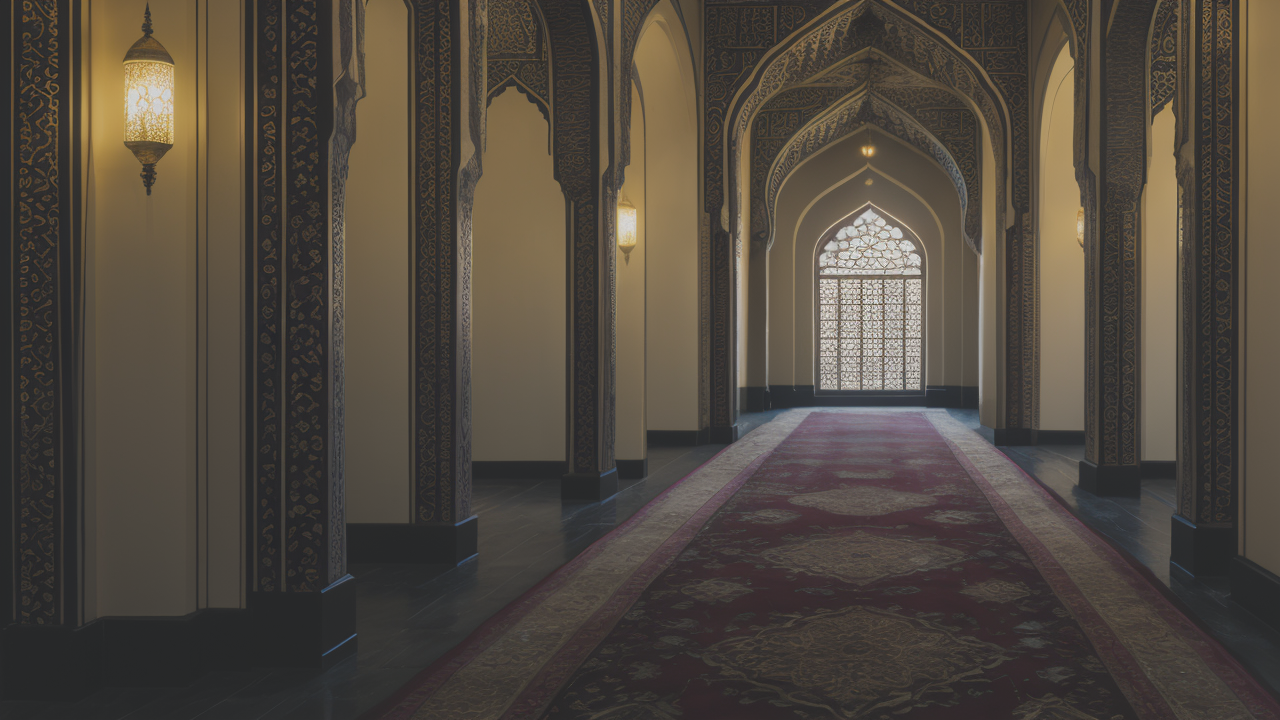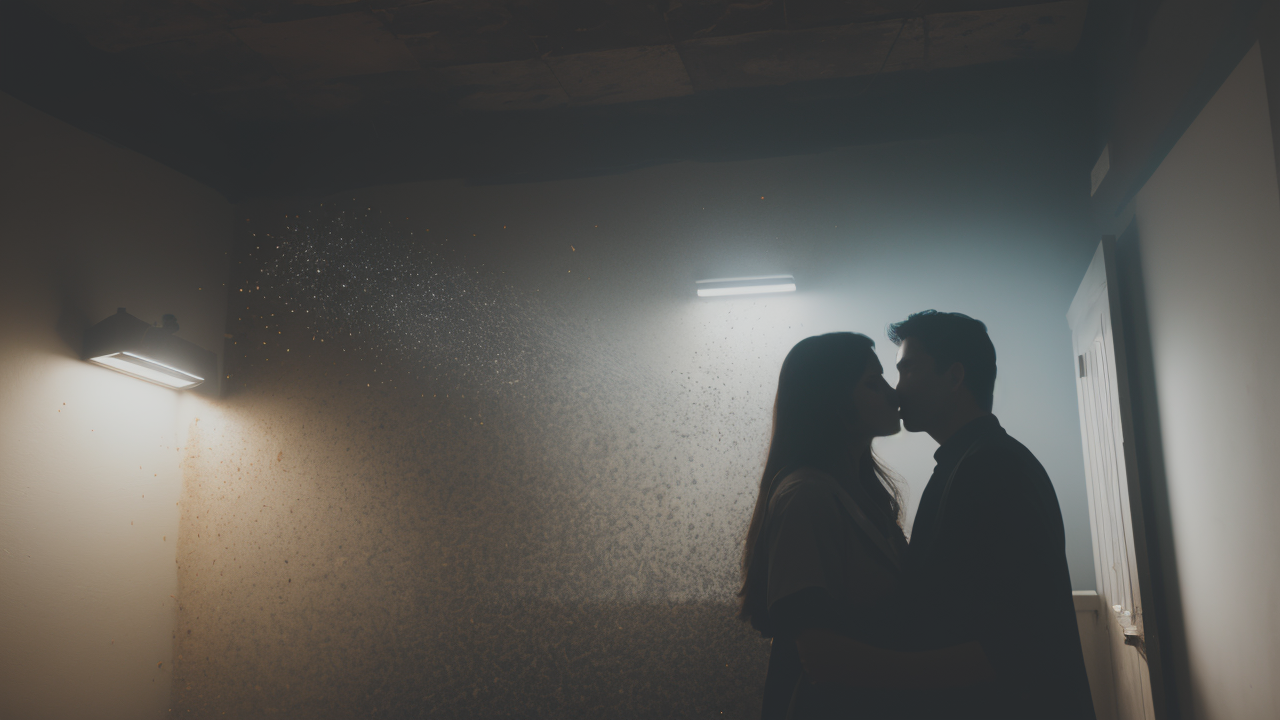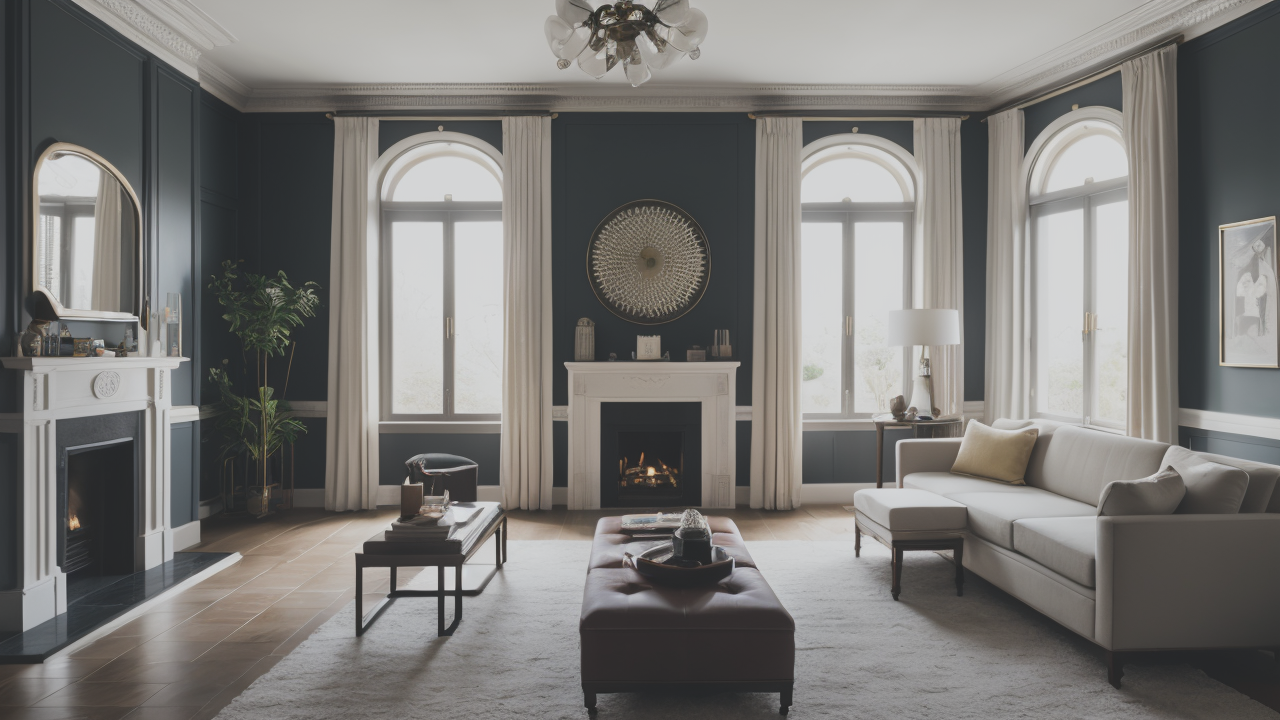
Elevate Your Space: Mastering Textured Tile Techniques for Stunning Interiors
Understanding the Nawabi Aesthetic in Plaster Textures
The Historical Significance of Nawabi Style Art
Nawabi style art came from India in the 1700s. It was big in Lucknow and other royal places. This art shows how rich and fancy the Nawabs (rulers) were. Nawabi art mixes Persian, Islamic, and Indian looks. It makes a special style that's both fancy and detailed. People used this style in palaces, mosques, and tombs. Plaster was very important in Nawabi rooms. Artists used it to make pretty wall textures and decorations. These textures made rooms look deeper and more interesting. They turned plain walls into beautiful art. Nawabi style shows how rich the culture was back then. It still gives ideas to people who design rooms today. Many designers use Nawabi things to make spaces look fancy. This old style keeps being important in new ways.

Key Characteristics of Nawabi-Inspired Plaster Decor
Nawabi plaster decor is known for its pretty patterns and rich textures. Here are some main things you'll see:
- Flower designs and swirly patterns
- Shapes like squares and triangles
- Beautiful writing
- Curly decorations
- Small, raised designs
The textures often have many layers. This makes them look deep and interesting. Colors are usually soft, with gold added to look fancy. Nawabi plaster work often looks like carved stone or wood. It can make you think you see columns or fancy edges. The whole look is very classy. Nawabi textures can be subtle or bold. They work well on whole walls or just small parts. This style fits in old and new rooms. It makes any space look more elegant.
Creating Nawabi-Style Plaster Textures
Tools and Materials Needed for Nawabi Plaster Art
To make Nawabi-style plaster textures, you need these things:

- Plaster of Paris or lime plaster
- Buckets and tools for mixing and spreading
- Tools to make textures (combs, brushes, sponges)
- Patterns to copy designs
- Tools for carving details
- Sandpaper to make things smooth
- Colors or paint to add color
- Something to protect the finished work
You might also need:
- Primer to get the wall ready
- Safety gear (gloves, glasses, mask)
- Cloths to protect floors and furniture
- Tools to measure things
Choose good materials for the best result. Get plaster that's good for detailed work. Buy good tools for making textures. With the right tools, you can make beautiful Nawabi-style wall art.
Step-by-Step Guide to Crafting Your Own Textures
Follow these steps to make Nawabi-style plaster textures:
- Get the wall ready: Clean it and put on primer.
- Mix the plaster: Follow the directions to get it right.
- Put on the first layer: Spread plaster evenly with a tool.
- Make the texture: Use tools to make patterns while it's wet.
- Add details: Use patterns or draw by hand for fancy designs.
- Wait for it to dry: Let the plaster get hard.
- Make it smooth: Use sandpaper to fix rough spots.
- Add color: Use paint or other colors to make it pretty.
- Protect it: Put on something to keep it safe.
Start with easy designs. Then try harder ones later. Try different tools to see what you like. Take your time and have fun making Nawabi art on your walls.
Tips for Achieving Authentic Nawabi Texture Effects
Here are some tips to make real-looking Nawabi textures:
- Look at old Nawabi art: See how it was done before.
- Use many layers: Put on more plaster to make it look deep.
- Push harder or softer: Change how deep the patterns are.
- Try different ways: Mix up how you make textures.
- Make things match: Nawabi designs often look the same on both sides.
- Use soft colors: Add a little color to make it look deeper.
- Take your time: Go slow to get small details right.
- Think about the whole room: Plan how your design fits in.
- Try different plasters: Some work better for small details.
- Use good lights: Show off your textures with the right lighting.
Remember, real Nawabi style comes from understanding what makes it special. It's okay to add your own ideas to old ways of doing things. If you practice, you can make amazing Nawabi-inspired textures.
Implementing Nawabi-Style Textures in Home and Commercial Spaces
Incorporating Plaster Art into Interior Design
Nawabi-style plaster textures can make many kinds of rooms look better. Here's how to use them:

- Make one wall special: Put texture on one wall to make it stand out.
- Decorate ceilings: Add fancy textures to make ceilings look elegant.
- Use frames on walls: Put textured plaster in frames for a subtle look.
- Highlight arches and nooks: Make these areas pretty with detailed textures.
- Decorate around fireplaces: Use Nawabi designs to make fireplaces look fancy.
- Add details to columns: Make columns look nice with delicate plaster work.
- Create unique edges: Use textured plaster to make special edges around rooms.
When using these textures, think about:
- How the room looks and what colors are in it
- How big the patterns should be for the room size
- Mixing textured areas with plain ones
- Choosing furniture that goes well with the textures
Nawabi-style textures add depth to any room. They work in old and new houses. When used well, these textures can make plain rooms look amazing.
Case Studies: Successful Use of Nawabi Plaster in the United States
- Fancy Hotel Lobby in New York City:
A special hotel used Nawabi-style plaster on its lobby ceiling and walls. The detailed designs made it look very fancy. Guests loved how it mixed Eastern and Western styles.
- Expensive Restaurant in Los Angeles:
A nice restaurant used Nawabi-inspired plaster to make it feel exotic. The textured walls went well with the special food, making dining more fun.
- Private Home in Miami:
A homeowner added Nawabi plaster textures to their Mediterranean-style house. This brought Indian luxury to Florida, making a truly unique home.
- Art Gallery in Chicago:
A gallery showing South Asian art used Nawabi-style plaster in its rooms. The textures made a perfect background for the art, creating a full cultural experience.
These examples show how Nawabi-style plaster can be used in many ways. They prove this art works well in different places across the U.S. The success of these projects shows more people are starting to love this refined look.
Maintaining and Caring for Your Plaster Textures
Good care keeps Nawabi-style plaster textures looking great. Follow these tips:
- Dust often: Use a soft, dry cloth or feather duster.
- Clean gently: Don't use water. Use a dry sponge or soft brush.
- Be careful with stains: Ask an expert to remove tough stains.
- Fix problems quickly: Repair cracks or chips as soon as you see them.
- Add protection regularly: Put on new sealer every few years.
- Keep the air right: Don't let it get too wet or dry to prevent cracks.
- Protect from bumps: Keep furniture away from textured walls.
- Get help sometimes: Have experts clean complex textures.
- Keep extra materials: Save some plaster and colors for touch-ups.
- Write things down: Keep a record of what materials you used.
If you take good care of it, your Nawabi-inspired plaster can last for many years. It will keep your space beautiful for a long time. Regular care will keep the fine details looking special.


